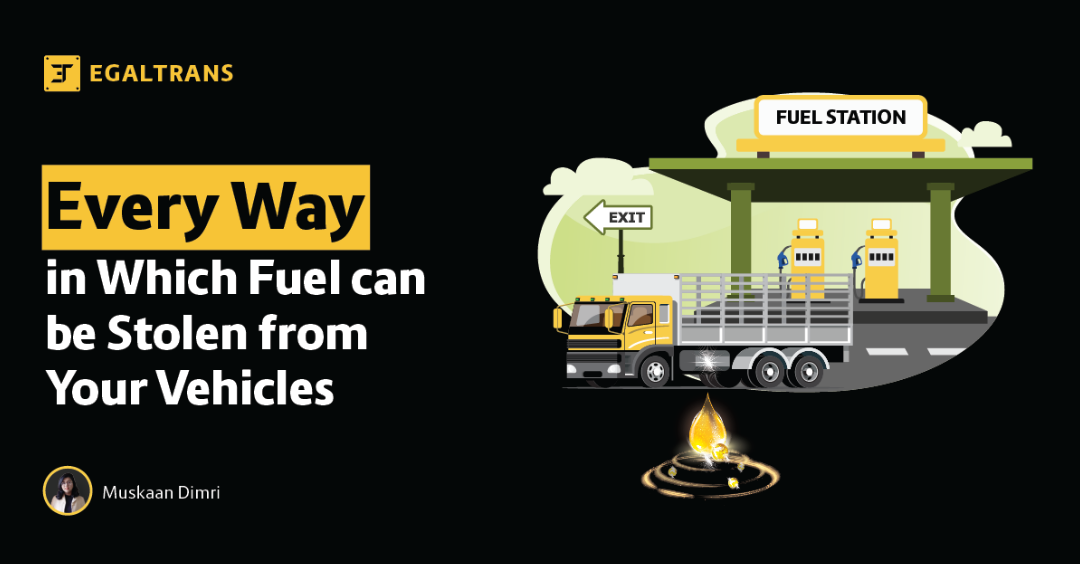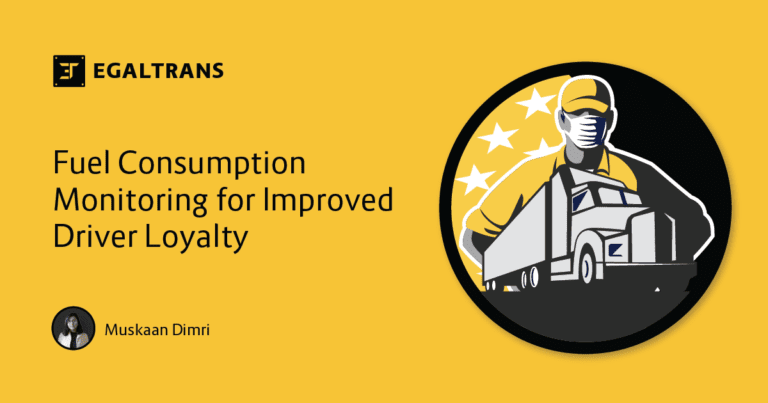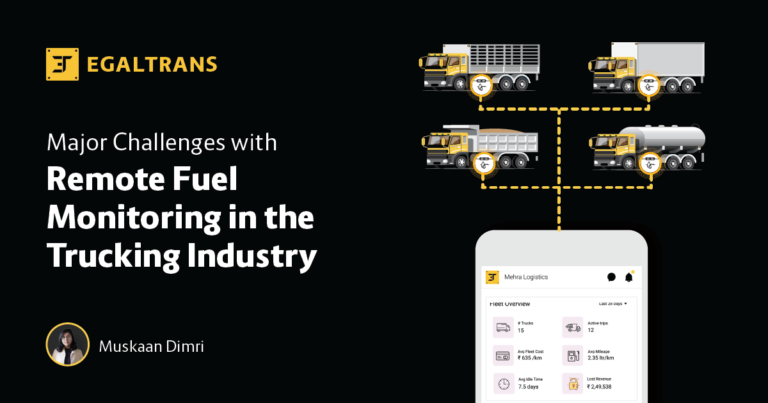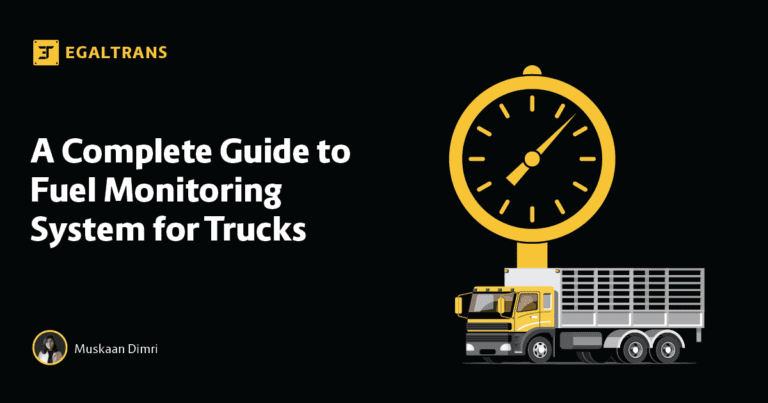In the modern transportation business world, fuel theft is a serious issue; it costs the world’s economies about Rs 133 billion annually. Various methods including direct fuel draining, siphoning fuel, falsifying invoices, stealing fuel from the return line, reprogramming the odometer, unsafe driving practices, contaminated fuel, and incorrect consumption. Organizations must take action to stop fuel theft, including enforcing strong policies, carrying out routine inspections, and tracking fuel usage and vehicle travel.
One of the most stolen items worldwide was fuel, which is a serious issue in the modern commercial environment. Most fuel robbery in businesses is committed by insiders, either employees or contractors.
Why Does Fuel Theft Take Place?
Fuel robbery being one of the major concerns for truck drivers may happen due to many reasons; major reasons being :
- Fuel is Expensive: The retail price of petrol in India is significantly influenced by taxes paid by the Indian government. More than 50% of the country’s retail price of petrol is made up of taxes and tariffs. In other words, if your petrol bill is 1000 rupees, taxes and levies account for over 500 rupees.
- Rise in Fuel Prices: Fuel prices rise very often and sometimes it is a big jump in the pricing as well.The rise in global oil costs, changes in the rupee-to-dollar exchange rate, and adjustments to the government’s taxes and tariffs are some of the factors causing this surge. Prices for petrol are also influenced by refinery costs.
- Difficult to Suspect: Fuel thieves have a number of clever strategies which are very hard to be detected in order to siphon out fuel.
Different Techniques of Fuel Pilferage
- Adulteration: Adulteration is the unscrupulous process of adding unnecessary additives to oils and refined products and selling them at the regular price. For example, adding cheap kerosene and lubricants to gasoline and diesel can easily increase profit margins without anyone noticing.
- Invoice Manipulation: Invoice manipulation takes place in many places and can be done by employees, customers, fleet managers etc. For example, a driver fills up with 80 litres of fuel and the petrol station charges him 90 litres.
- Siphoning Fuel: Pumping fuel from a fuel tank with a hose is the most common method of fuel robbery, and this type of theft is often the most difficult to detect. It is mostly seen in places with minimal security checks and done especially at night.
- Damaged fuel cap: Gas caps without locks are easy. Even locking caps can be broken open with a similar key or easily torn off with brute force.Once the cap is removed, a thief can insert a rubber or plastic hose to suck out the diesel or use an electric pump to start the flow and speed work.
- Removing vent wire, valve and siphon: This method is more difficult for robbers. Ventilation slots are usually in hard-to-reach places. If you have vent access, remove the hose, loosen the vent, and insert the hose to siphon fuel.
There are several reasons why detecting fuel thieving can be difficult:
- Lack of surveillance: Fuel stealing often occurs in remote areas where there is limited or no surveillance. This makes it difficult for authorities to monitor activity and catch perpetrators.
- Sophisticated methods: Some fuel thieves use sophisticated methods to siphon fuel from tanks, such as using specialised tools or devices. This can make it difficult for authorities to detect the theft.
- Time of theft: Fuel theft often occurs at night or during off-hours when there are fewer people around to notice suspicious activity.
- Large number of potential suspects: Fuel thieving can be committed by anyone with access to fuel, including employees, contractors, and even customers. This can make it difficult to pinpoint a specific suspect.
- Lack of evidence: Without physical evidence, such as video footage or fingerprints, it can be difficult to prove that a theft has taken place.
How can Fuel Theft be Controlled?
Effective fuel management can play an important role in reducing fuel thieving by improving accountability, tracking fuel usage, and deterring theft. Here are some ways that fuel management can help in reducing fuel thieving:
- Improved accountability: By implementing a fuel management system, businesses can create a record of fuel usage that can be tracked and audited. This can help identify discrepancies and suspicious activity that may indicate fuel theft. With clear accountability and oversight, employees are less likely to engage in fuel theft.
- Real-time monitoring: Real-time monitoring of fuel consumption can help detect any unusual activity, such as rapid or excessive fuel usage. This can alert managers to potential fuel thieving and help them take corrective action quickly.
- Secure fuel storage: Fuel management systems can ensure that fuel is stored securely and only accessible to authorized personnel. This can help prevent unauthorised individuals from accessing fuel and engaging in theft.
- Automated reporting: Automated reporting can help managers monitor fuel usage and identify trends or irregularities in consumption. This can help identify potential fuel theft before it becomes a significant problem.
Overall, effective fuel management practices can help prevent fuel loss by improving accountability, tracking fuel usage, and deterring theft through increased oversight and security.






